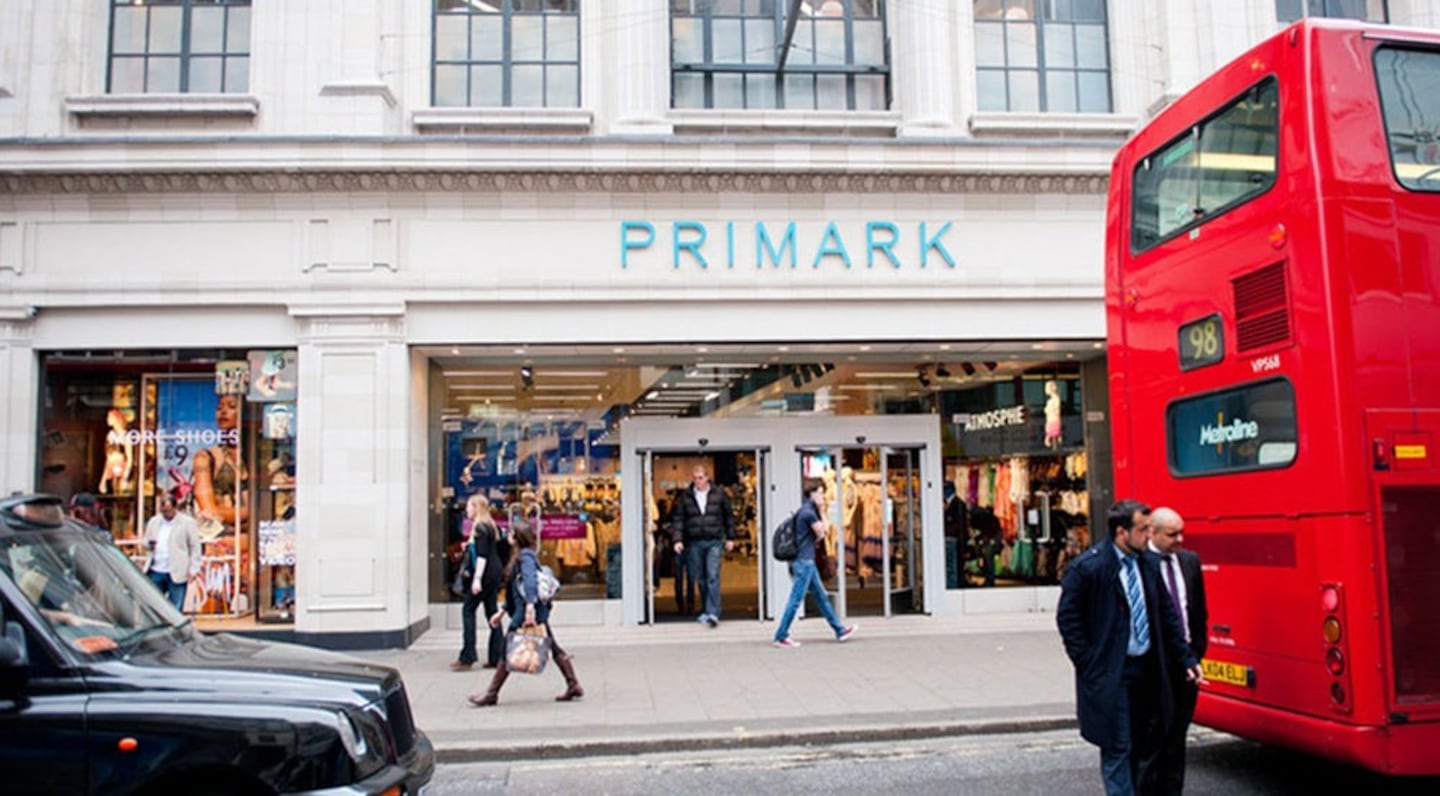
The Business of Fashion
Agenda-setting intelligence, analysis and advice for the global fashion community.

Agenda-setting intelligence, analysis and advice for the global fashion community.

LONDON, United Kingdom — The department store isn't dead. Turns out, it was just in the changing room.
In the week that Debenhams Plc, once a household name, passed into the hands of its lenders, Primark opened its biggest ever-outlet in Birmingham.
The new store is an upgrade on the old awkwardly shaped unit Primark had occupied in the city since 2002. At 160,000 square feet and five floors, it’s also roughly four times the size.
That seems counterintuitive, given that more and more sales are moving online, while Britain’s impending divorce from the European Union weighs on shoppers’ sentiment. Consequently, many non-food sellers are closing stores.
ADVERTISEMENT
But look more closely at British retailing, and it’s far from a uniform picture of Brexit-induced gloom.
The value sector is one of the few bright spots. Greggs Plc and the U.K. arms of the German no-frills grocers, Aldi and Lidl, are flourishing. Primark, a division of Associated British Foods Plc, is benefiting from this trend, and that’s part of the reason why it is weathering the current pressures better than most.
But it's not enough just to have cheap prices. Retailers also need to innovate, and just as crucially, back their vision with investment. Buying the site of the former Pavilions shopping center, and fitting it out, has cost ABF about 100 million pounds ($131.2 million).
The company has scope to spend because Primark is still expanding sales and profit. But it also has some defenses for the future. If Britain’s political drama becomes acute, or there is a slowdown in the global economy, consumers might reduce spending. If so, the cheap chic chain will nevertheless be well placed to continue to capture market share.
It also seems to have a handle on costs. It doesn’t currently sell via the internet, so it doesn’t have to bear the expense of cash-sapping online operations. It rightly recognizes that home delivery isn’t a natural fit with Primark’s low prices. Still, there could be room for change here, as the ability to reserve some items online and collect them in store might be a possibility.
So if any chain was in a good position to take the risk of reviving a format that many in the industry had declared was finished, it would be Primark. What’s even more interesting is that it isn’t alone.
Just around the corner from its new location, H&M now occupies the site of Birmingham’s old BHS. Hennes & Mauritz AB’s family of brands also take up some of the old Dickins & Jones department store on Regent Street in London.
Elsewhere, B&M European Value Retail SA’s outlets have been extended into garden centers, making them a one stop shop for food, home furnishings, pet supplies, DIY and gardening.
ADVERTISEMENT
But there are risks with this new breed of discount department stores.
As retail rapidly evolves, these giant spaces could turn out to simply be too big. There was little evidence of this in Birmingham, as thousands of people piled through the door of the new Primark. But initial trading is always buoyant and the real test will be in the coming months.
For value retailers attempting the format, it’s crucial that they don’t lose their discount DNA. Primark is acutely aware of that. In the beauty salon, makeovers use the retailer’s own products, while treatments have low prices. A shampoo and blow dry is 20 pounds, whereas elsewhere about 30 pounds is a more typical rate.
Another problem with the old breed of multi-product stores was that they didn’t adapt to customers’ changing tastes.
Primark seems to have recognized this. It prefers to think of Birmingham as a concept store that can constantly change and offer a boutique feel, even though it occupies a large space. That’s evident not just in “trend rooms” that showcase the latest looks, but in areas dedicated to its Harry Potter and Disney licensed clothing and accessories that would not look out of place in a much more upmarket retailer.
There are also a range of food and beverage outlets, including the Disney and Primarket Cafes and a hipster barbers, as customers demand ever more services. Changing rooms include “show and share” areas, where groups of friends can try on outfits, put on their own music, change the lighting and, of course, take plenty of selfies.
Meanwhile, a recycling center for handling unwanted clothing occupies a prominent position, underlining the growing importance of sustainability. It also serves as a reminder that environmental concerns can pose a danger to the discount model, particularly in fashion.
But if cheaper chains can navigate these potential pitfalls, it could turn out that there is life in the department store yet.
ADVERTISEMENT
By Andrea Felsted; Editor: Jennifer Ryan
The views expressed in Op-Ed pieces are those of the author and do not necessarily reflect the views of The Business of Fashion.
Designer brands including Gucci and Anya Hindmarch have been left millions of pounds out of pocket and some customers will not get refunds after the online fashion site collapsed owing more than £210m last month.
Antitrust enforcers said Tapestry’s acquisition of Capri would raise prices on handbags and accessories in the affordable luxury sector, harming consumers.
As a push to maximise sales of its popular Samba model starts to weigh on its desirability, the German sportswear giant is betting on other retro sneaker styles to tap surging demand for the 1980s ‘Terrace’ look. But fashion cycles come and go, cautions Andrea Felsted.
The rental platform saw its stock soar last week after predicting it would hit a key profitability metric this year. A new marketing push and more robust inventory are the key to unlocking elusive growth, CEO Jenn Hyman tells BoF.